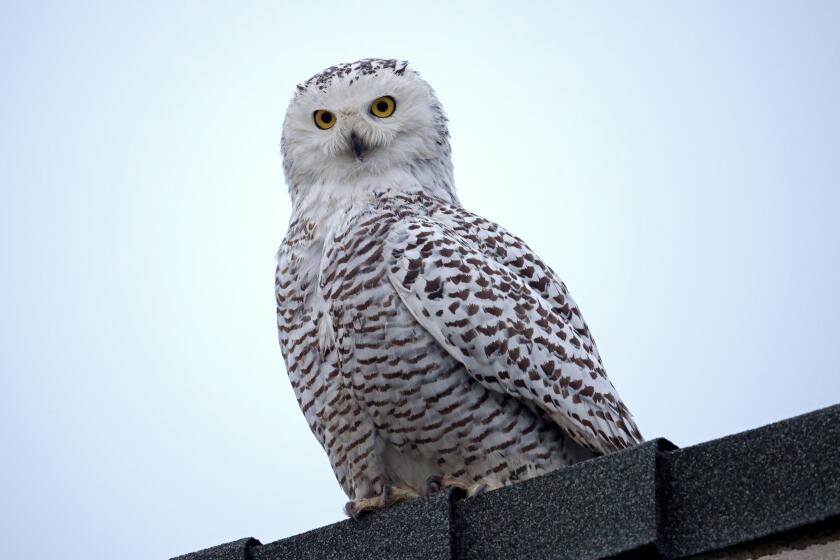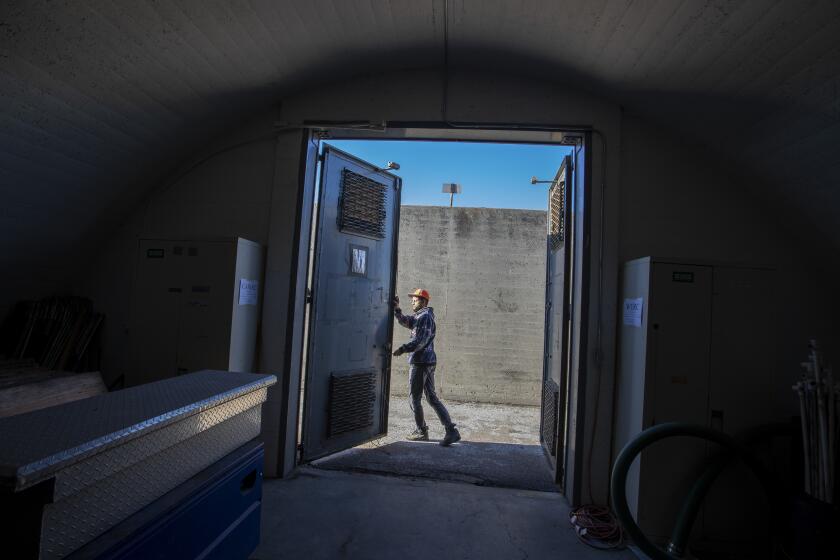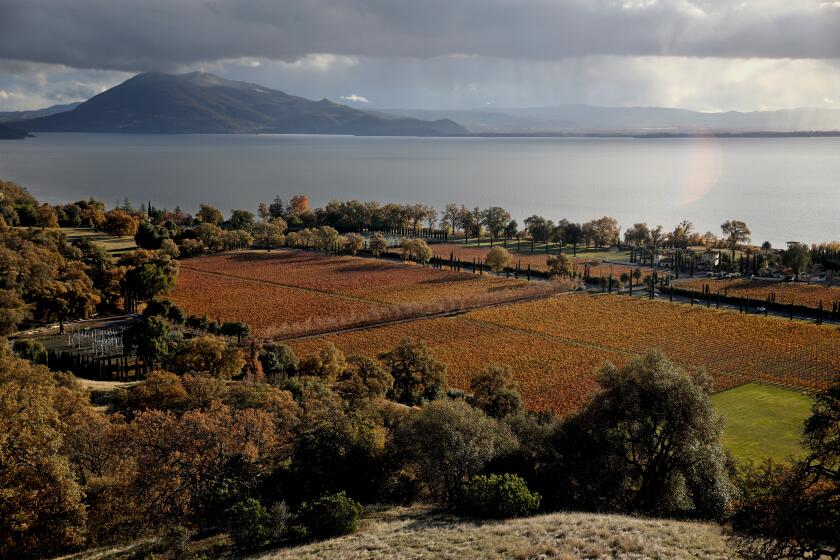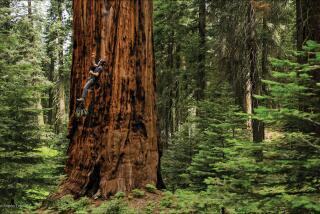Geneticists are advancing the cause of conservation with a new breed of sanctuary
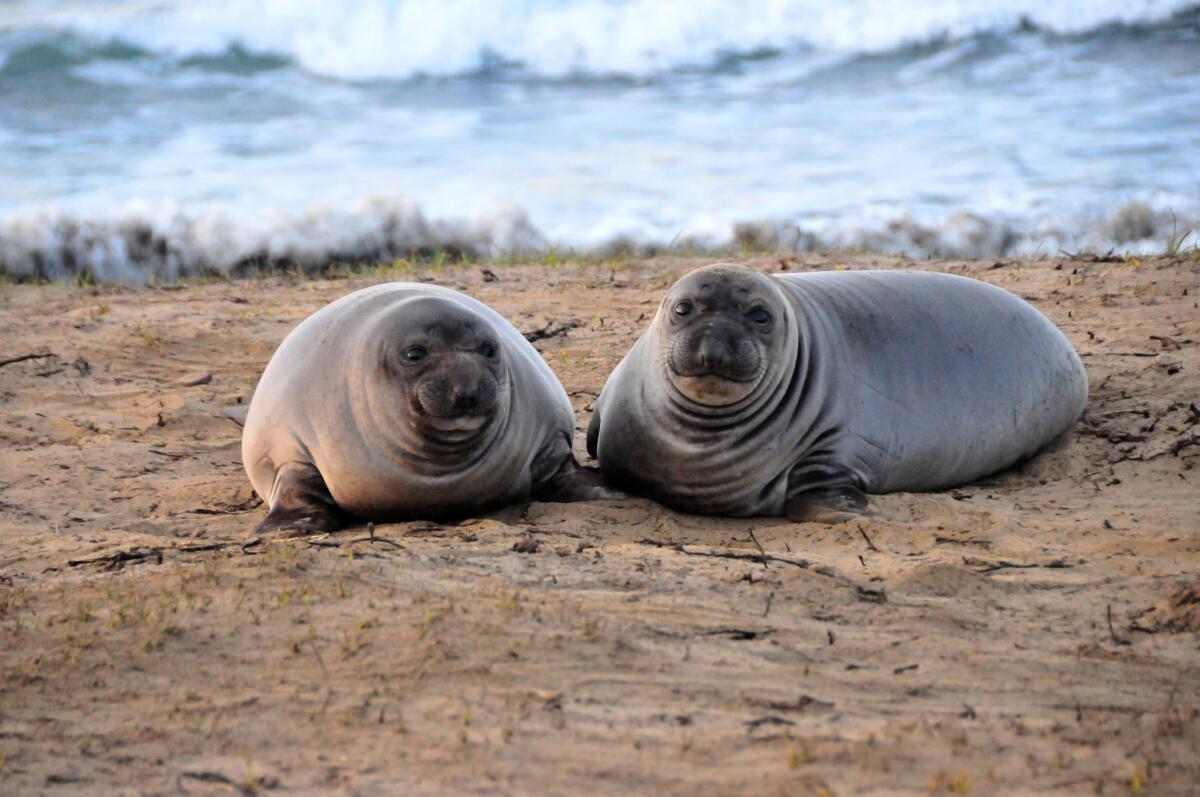
- Share via
The process of re-imagining biodiversity at a genetic level is underway, and it aims to take California to a new level of protection and conservation of its living resources.
The idea is so novel it could be called a grandiose 21st century experiment in advanced genetics: Identify and protect regions that harbor populations of plants and animals with healthy, high levels of genetic diversity.
The information will help regulatory agencies predict the consequences of land-use decisions on havens of species with the greatest likelihood of adapting to drought, flooding and wildfires unleashed by global warming over the next 50 years.
These areas also serve as nurseries for rescuing struggling populations elsewhere with infusions of genetic bounty.
The effort is led by the state-funded, $12-million California Conservation Genomics Project, and its findings are being incorporated into California’s pledge to conserve 30% of its land and coastal water by 2030 — known as “30 by 30.”
The snowy owl is a North Pole native but appeared around Christmas Day in Cypress and hunkered down on the rooftop of a house.
“My goal is to map glaring hot spots of genetic diversity,” said Brad Shaffer, an evolutionary biologist at UCLA who has devoted more than a decade to the cause of conserving assemblages of life forms with the greatest likelihood of adapting to future climate conditions.
Now, as director of UCLA’s La Kretz Center for California Conservation Science, he leads a team of 114 researchers drawn from all 10 University of California campuses that is creating the most comprehensive genomic dataset of native species ever assembled for conservation science.
A goal is to highlight areas that should be protected because of their genetic richness: modern additions to the state and federal park systems that arose over the last century to mark landscapes and seascapes dear to Californians.
“We protect forests, canyons, rivers, deserts and shorelines for their natural beauty and species on the brink of extinction,” Shaffer said. “What we need now are protected areas for species with the genetic resilience to survive the extremes of climate change.”
To do that, project scientists are sequencing DNA samples from 235 representative plant and animal species spanning the breadth of California’s marine, freshwater and terrestrial ecosystems.
They include the black bear, Western scrub jay, California flannel brush, California bumble bee, California halibut, Northern elephant seal, Dungeness crab, California bay tree, Western spadefoot toad, and the endangered black abalone.
Now, project leaders are preparing to share their findings among the overlapping maze of regulatory agencies, land managers, communities, and industries that have claims on California land.
Scientists acknowledge that it won’t be easy prioritizing spending to preserve non-regulated species such as coyotes and sycamores in a state where conservation is often regarded as a roadblock to prosperity and alternative energy development.
Traditionally, endangered species such as the California condor, Chinook salmon and the gray wolf tend to attract the funding, habitat and political will needed for their protection and recovery.
But most species diminish because wildlife regulations have not substantially stemmed threats including disease, habitat loss, invasive species, pollution and climate change in California.
When a collection of bugs floating in specimen bottles outgrew his laboratory, a scientist moved them into an abandoned weapons bunker.
“We’ve so impacted our natural landscapes that we don’t need an expert to know that we have to protect as much of it as possible,” said Brendan Cummings, conservation director for the Center for Biological Diversity. “The problem is we haven’t acted on what we already know, even for species on the brink.”
But Jennifer Norris, deputy secretary for biodiversity and habitat at the California Natural Resources Agency and leader of the state 30 by 30 initiative, said she believes “the data generated by Brad’s team adds another layer of information to drive conservation opportunities.”
“Ecosystems are more than just beautiful landscapes and charismatic creatures — they are complex webs of life,” she said. “When it comes to effective regional conservation plans, genetics are just as important.”
The fields of genetics and conservation biology have come a long way since the inventory of California species recorded more than a century ago by Joseph Grinnell of UC Berkeley’s Museum of Vertebrate Zoology.
The analytical tools now used to reveal how the Earth’s oceans, atmosphere, wildlife and impacts of human activities interact are akin to having a giant box of watercolors with which to portray more of the colors of nature.
California, which accommodates roughly 12% of the nation’s population in 5% of its land, is ideal for testing new approaches in natural resource management, Shaffer said.
The state is home to extremely high levels of native biodiversity, and a similarly high number of at-risk or listed species.
It also embraces 287 of the federally protected plant and animal species in the continental United States.
The project will benefit from emerging fields such as environmental DNA: Researchers can collect samples of water, soil and air to find out what species are around, and their abundance.
The currents of change were evident in environmental DNA work conducted over the summer by Zack Gold, a researcher at the National Oceanic and Atmospheric Administration.
With a growing sense of sorrow, the Pomo Indian tribes of Clear Lake are watching a generations-old symbol of abundance fade into extinction.
He took water samples off the side of a boat to inventory marine creatures beneath trash bobbing on waves in the Los Angeles-Long Beach port complex. It’s a process usually conducted by scuba divers who count species by hand.
Much of the initial work by project scientists focused on common species such as fence lizards and live oaks that manage to prosper in regions slammed by the ugliest weather California has to offer.
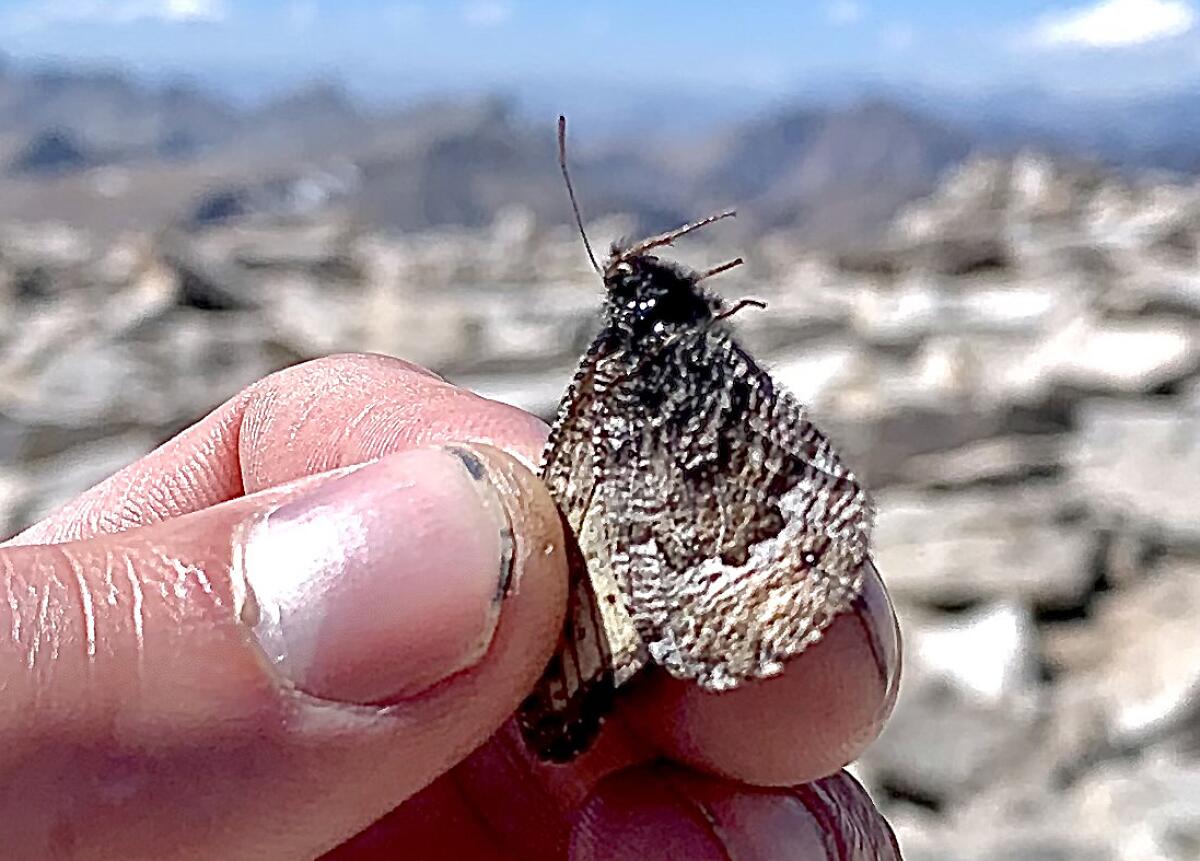
Research ecologist Zachary MacDonald, 31, is in his element at the summit of Mount Whitney, which often endures whiteout conditions, 180-mph winds, and temperatures that drop to minus-30 degrees.
It is where he has devoted years studying how once-plentiful populations of native butterfly species are being thinned out as California warms and dries.
Those who fear for their future, however, can take heart by his discovery there in July of a previously unknown population of Ivallda Arctic — marking the highest butterfly population in North America.
But not all is cause for joy. Far from it.
“We still don’t know if this little gray butterfly’s adaptability is due to having the best genetics around,” MacDonald said, “or if it has run out of options and faces extinction.
“The answers may surprise us.”
